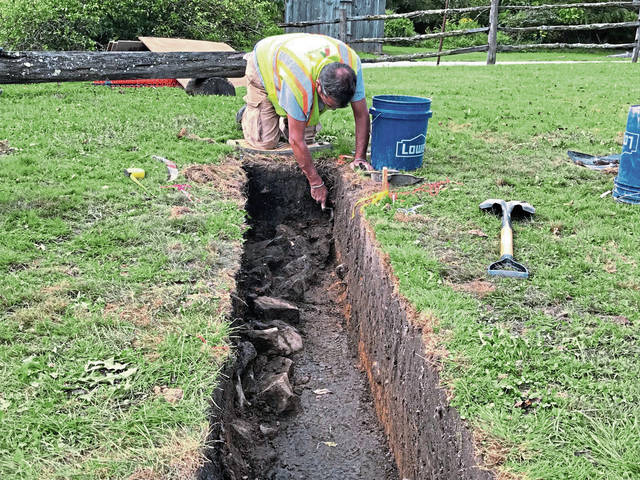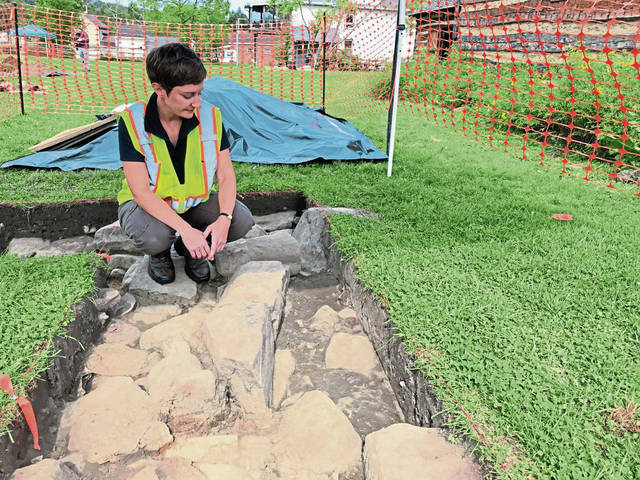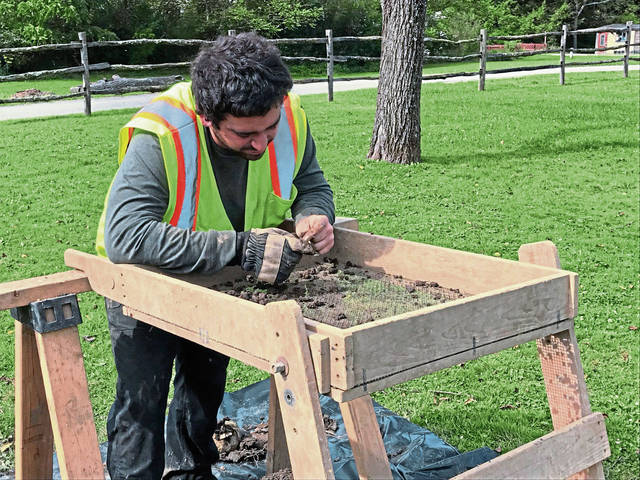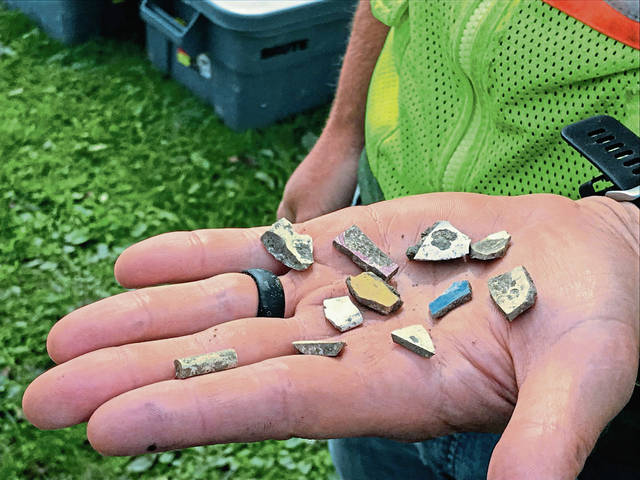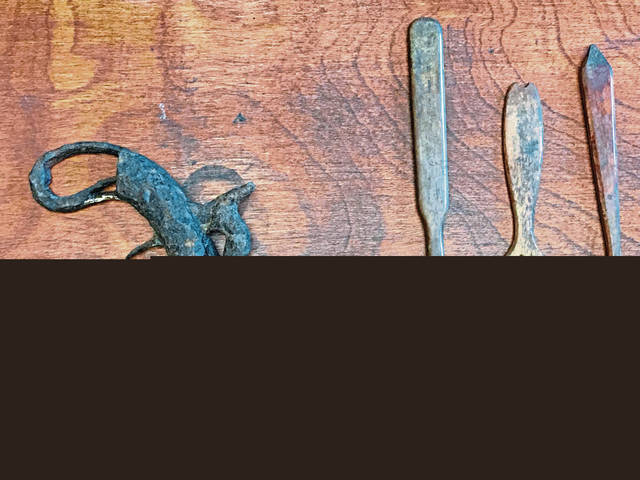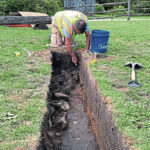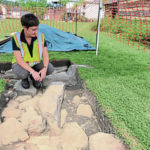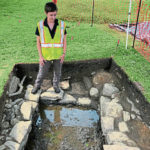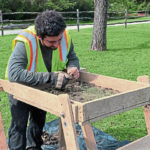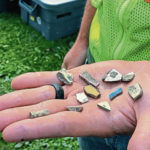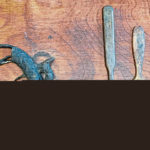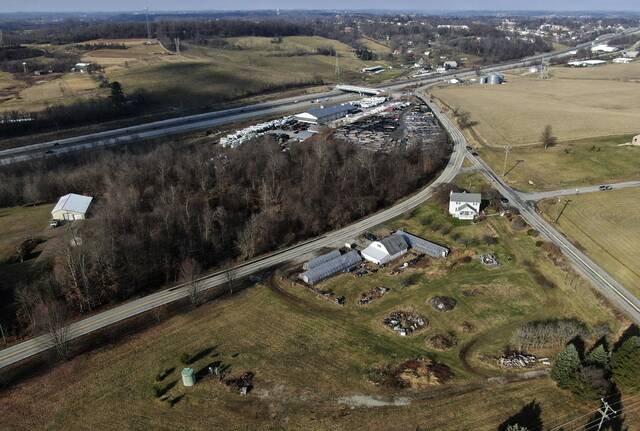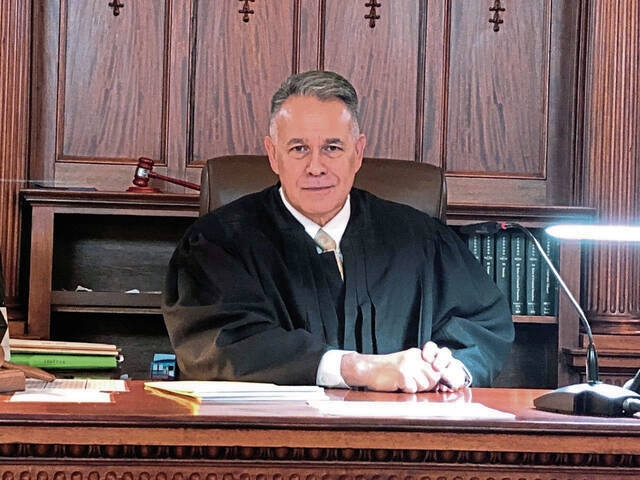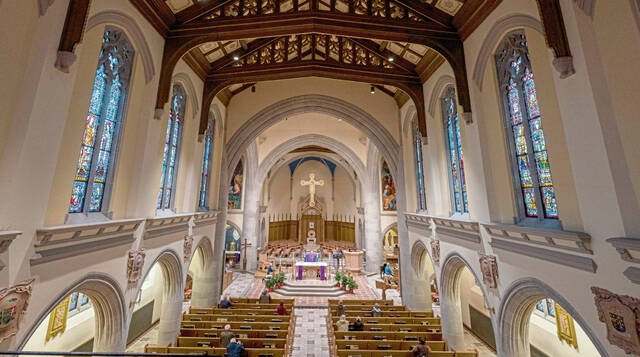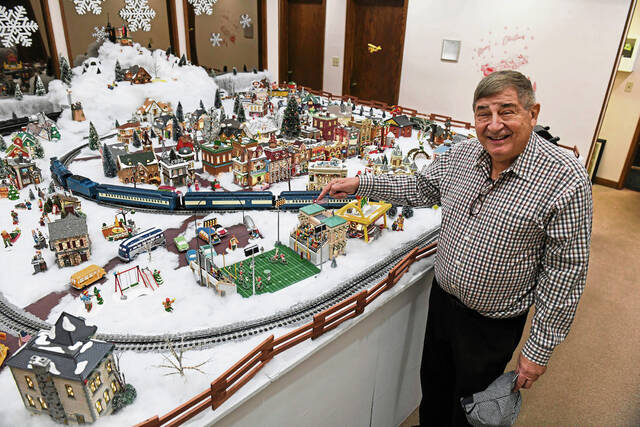One of the questions Theresa Gay Rohall has about early residents and guests at the historic Compass Inn in Ligonier Township: “Where did they go to the bathroom?”
Outdoor privies from past eras are typically good spots for finding artifacts, and an archaeology crew that began excavating select sites last month on the grounds of the restored 1799 stagecoach stop and museum in Laughlintown may have found one.
Group leader Jessica Schumer is heading a team from local Markosky Engineering that is taking a new look, with the benefit of advanced techniques, at places behind the inn where previous digs occurred between 1968 and 1971.
That includes a spot where water collects inside an underground rock enclosure that had been described as the possible site of a onetime well.
“It does have a drain that extends southward, downslope, so we’re questioning that interpretation,” Schumer said. “We’re thinking that it is possibly either a former privy location or possibly a spring house. The footprint of both can be kind of similar.
“We’re hoping to better understand what this area was with some adjacent excavations.”
The new archaeological study is bearing out some other conclusions of researchers who conducted digs on the property half a century ago, shortly after it was acquired by the Ligonier Valley Historical Society.
The 1960s study suggested a rock foundation south of the 1820s stone section of the inn was a remnant of a large fireplace. It was possibly part of an early cookhouse, although the society has re-created such an outbuilding nearby, closer to the inn.
“I always thought it was a little small for what they would have had to cook,” Rohall, society executive director, said of the reconstructed cookhouse used for living history programs.
“You can see remnants of what does appear to have been a stone fireplace,” Schumer said of the reopened 1960s excavation. “In historic photos, it does look like a building probably did stand in this proximity and it did have quite a large fireplace. It was so big you could probably roast an ox in it.
“Around the 1960s, the family that lived here may have turned this area into a rock garden, potentially using the foundation of that former building for a patio.”
By Thursday , the Markosky team had reached the bottom of the 1960s dig, about 30 centimeters below the surface, and uncovered some broken pieces of dishes and glass — including some likely deposited along with back fill following the earlier excavation.
This time, Schumer said, “It looks like there’s a potential for the excavation to go a little bit deeper, and we might still find some artifacts from the earlier use of this structure.”
Of eight small excavation pits the Markosky team has opened, several on the west side of the property are being examined for the first time — after ground-penetrating radar and other scanning devices detected underground anomalies, areas that may have been disturbed by humans.
In the southwest corner of the property along Route 30, the team uncovered an older stone foundation beneath a 20th-century garage that was built on a concrete slab and recently was razed. It’s located behind a 1920s house that serves as the society’s offices.
Features the archaeologists have yet to puzzle out include a lengthy trench that runs north-and-south, near the rear of the property, and contains a line of rocks that may be rubble from past construction.
“We’ll try to expand it a little further east and see what we have,” Schumer said of the excavation.”We’re looking to see if (the rubble) is associated with the foundation of a structure.”
Rohall is anxious to discover the source of an anomaly beneath a maple tree that is surrounded by benches behind the inn. “I don’t think any of us anticipated anything was there at all,” she said. “When they get to opening that up, we’ll be really excited to see what’s there.”
The Markosky crew members will continue working at the inn through Sept. 21. They plan to excavate a few spots further south, seeking clues to the location of a past barn and any artifacts that may have been left behind by Native Americans.
“It’s an exciting piece of history and an interesting project,” said Schumer.
Museum visitors are welcome to view the excavations and ask the archaeologists about their work, Rohall said.
The work is part of a two-year project that includes developing a plan for unifying the society’s adjoining Laughlintown properties and, with Markosky’s assistance, completing storm water management improvements. The $425,000 project is supported by grants from the Allegheny Foundation and the Rita M. McGinley Foundation.
The society is hoping to raise additional funds to support ongoing archaeology at the inn, Rohall said. She noted recently recovered records will help to complete a more thorough assessment of artifacts that were discovered there 50 years ago.
Compass Inn, she said, is “not just a house that we’ve turned into a museum. It’s really an historic site because we’ve uncovered so much of the history. It’s got a lot of potential to tell more of a story” — reflecting “the history of the nation as it was developing.”


